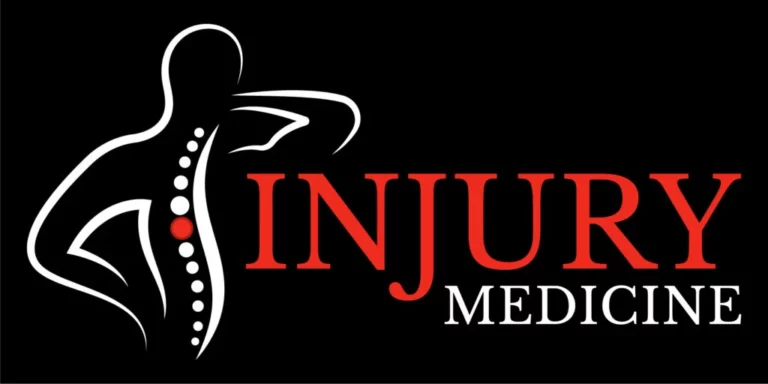A fracture, within the context of law and medicine, refers to the partial or complete break in a bone or cartilage, typically resulting from trauma, excessive force, or underlying medical conditions. While primarily a medical and anatomical term, fractures can have significant legal implications, particularly in cases involving personal injury claims, medical malpractice, workplace accidents, and disputes over liability and damages. This comprehensive definition aims to provide a detailed overview of fractures, their legal implications, and their significance within various legal scenarios.
Medical Characteristics of a Fracture:
Types: Fractures are classified into various types based on several factors, including the location of the break, the pattern of the fracture, and whether the skin and surrounding tissues are disrupted. Common types include:
– Open Fracture (Compound Fracture): A fracture in which the broken bone protrudes through the skin, increasing the risk of infection.
– Closed Fracture (Simple Fracture): A fracture where the broken bone remains within the body and does not penetrate the skin.
– Complete Fracture: A fracture where the bone breaks entirely, resulting in two or more distinct pieces.
– Incomplete Fracture: A fracture where the bone is partially broken but not completely separated into distinct pieces.
– Comminuted Fracture: A fracture where the bone is shattered into multiple fragments.
– Hairline Fracture: A small, often barely visible crack in the bone.
– Greenstick Fracture: A type of fracture that occurs in children, where the bone bends but does not break completely.
Causes: Fractures can result from various causes, including accidents (e.g., falls, car accidents), sports injuries, direct blows, repetitive stress or overuse, underlying medical conditions (e.g., osteoporosis), and trauma (e.g., fractures in the context of child abuse).
Symptoms: The symptoms of a fracture can vary depending on the type and location but often include pain, swelling, bruising, deformity, difficulty moving the affected area, and loss of function.
Diagnosis: Diagnosis of a fracture involves clinical evaluation, medical history assessment, physical examination, and imaging studies such as X-rays, CT scans, or MRI to determine the location and extent of the fracture.
Treatment: Treatment of a fracture depends on various factors, including the type and location of the fracture, the patient’s age and overall health, and the presence of any associated injuries. Treatment options may include casting, splinting, surgical intervention (e.g., open reduction and internal fixation), and physical therapy to aid in rehabilitation and recovery.
Legal Implications in Various Legal Scenarios:
Fractures can have legal implications in various legal scenarios, including:
Personal Injury Claims: Individuals who sustain fractures due to accidents, negligence, or intentional harm may seek compensation for medical expenses, pain and suffering, lost wages, and other damages. Legal proceedings often involve assessing liability and the extent of the injuries.
Medical Malpractice: In cases where healthcare providers are alleged to have failed to diagnose or appropriately treat fractures, patients may pursue medical malpractice claims. Allegations may include diagnostic errors, surgical errors, mismanagement of treatment, or inadequate informed consent.
Workplace Accidents: Employees who sustain fractures in workplace accidents may be eligible for workers’ compensation benefits. Legal proceedings may involve determining the extent of the injury, the impact on the individual’s ability to work, and the entitlement to compensation.
Product Liability: Fractures resulting from product defects, such as faulty equipment or defective safety features, may lead to product liability claims against manufacturers or distributors.
Preventive Measures and Legal Considerations:
To mitigate the risk of legal issues related to fractures and promote fairness and accuracy in legal proceedings, individuals, employers, healthcare providers, and legal professionals can consider the following preventive measures and legal considerations:
Safety Measures: Employers should implement safety measures and protocols to reduce the risk of workplace accidents and injuries, including training employees on safe practices and providing appropriate safety equipment.
Prompt Medical Evaluation: Individuals who sustain injuries, including potential fractures, should seek prompt medical evaluation and treatment to document the extent of the injury accurately.
Medical Documentation: Thorough and accurate medical records should be maintained, including documentation of clinical evaluations, diagnostic findings, treatment plans, surgical procedures, and informed consent forms.
Rehabilitation and Physical Therapy: Participation in rehabilitation and physical therapy programs can help individuals recover function and mobility following fractures.
Independent Medical Examinations: In some legal scenarios, independent medical examinations (IMEs) may be requested to assess the extent of the injury, its impact on the individual’s life, and the need for ongoing treatment or accommodations.
Legal Consultation: In cases where fractures result in significant harm, complications, or legal disputes, individuals should consult with legal professionals who specialize in personal injury, workers’ compensation, medical malpractice, or product liability claims to understand their rights and potential legal options.
Conclusion:
A fracture refers to the partial or complete break in a bone or cartilage, typically resulting from trauma, excessive force, or underlying medical conditions. While primarily a medical and anatomical term, fractures can have legal implications in cases involving personal injury claims, medical malpractice, workplace accidents, and product liability claims. Legal professionals, healthcare providers, individuals, and employers should collaborate to ensure fair legal outcomes and promote the accurate assessment of fractures and their impact on individuals’ lives. Proper medical assessment, treatment, documentation, safety measures, and access to legal counsel are essential factors in achieving equitable solutions in cases involving fractures

